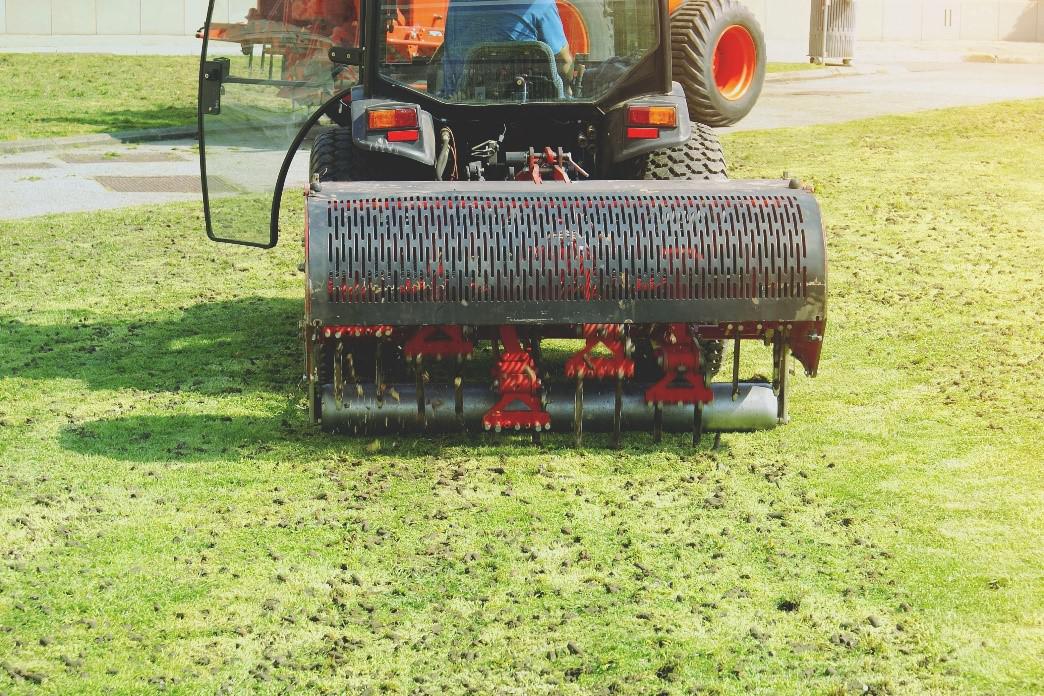
Aerating your lawn is one of the best things you can do to maintain lush, green, thick grass year-round. Lawn aeration is an essential and frequently overlooked component of lawn care that is significant in influencing the health and look of your lawn. This blog can help you understand its importance to promote healthy grass growth and ensure a lush, vibrant yard.
1. Relieves Soil Compaction
Over time, foot traffic from kids and pets, heavy mowing equipment, and excessive dog waste can compress your soil, restricting proper air and water circulation. This impedes the growth of grass by inhibiting root development.
Aeration addresses this issue by extracting plugs of soil across the lawn, relieving compaction. This method uses a machine to remove tiny soil cores, enabling better oxygen and water access to the grassroots and encouraging more profound growth.
2. Encourages Deeper Root Development
Lawn aeration creates holes and pathways that allow more air to penetrate the soil, stimulating more profound root growth as grass plants seek oxygen and nutrients. With deeper roots, grass becomes more resistant to drought, pests, disease, and wear patterns from foot traffic. Stronger roots also give the plant more nutrients, resulting in lush, green growth.
3. Reduces Thatch Buildup
Thatch refers to a compact layer consisting of dead grass components and fragments, which is located between the surface of the soil and the vibrant green grass. Too much thatch blocks water, air, and nutrients from properly reaching grass plant roots.
Aerating benefits includes breaking up and thinning out this thatch barrier so rainfall can soak into the soil rather than run off the lawn. With less thatch in the way, nutrients also penetrate better.
4. Enhances Nutrient Absorption
Aerating your lawn 2-3 days before applying fertilizer or grass seed gives these treatments direct access to the soil environment. Plant roots can then readily absorb nutrients and moisture.
The small holes and cracks created by aerating improve fertilizer contact with soil, making your investment in lawn products much more effective.
Know the Best Time to Aerate Grass
Cool-season grasses like tall fescue thrive when aerated in early fall when soil moisture is still plentiful. Late August to September is prime time. Warm-season varieties like Bermuda benefit most from spring lawn aeration.
Always avoid aerating grass when it’s fully dormant or struggling to survive. Dormant grass won’t respond as well since growth has slowed.
Ideally, aerate 1-2 days before applying fertilizer, compost, or overseeding bare patches. This allows these treatments to fully reach newly opened soil channels rather than sit on thatch where roots can’t use them.
Trust the Lawn Care Experts
Wingate Pest & Lawn, a trusted name in lawn care, can professionally aerate your yard for the best results. Our lawn experts will determine the ideal timing, depth, and hole spacing for aerating based on your grass variety, soil type, drainage, and other factors, ensuring your lawn gets the best care possible. Contact us today!
